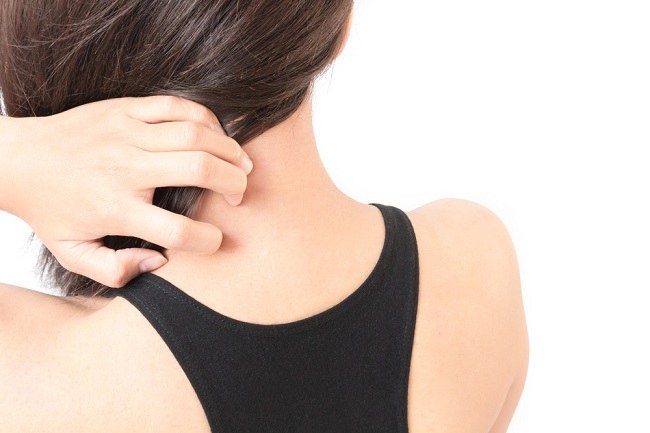Recognizing Hot Allergy Symptoms and How to Prevent It
It's normal when to sweat while in hot temperatures . However, unlike the experienced hot allergy sufferers. In addition to sweating, possibly m they will experience other symptoms that cause no sense nyam an, even can interrupt the activity.
Though rarely heard, hot allergies can be experienced by anyone. A person suffering from a heat allergy will feel itchy and develop a skin rash when under hot sun, after a hot bath, or when sweating after exercise.

Symptoms of Allergies That Usually Appear
Allergy symptoms usually appear within minutes after exposure to heat. When this is experienced, exposed areas of the body, such as the chest, face, back or arms, will feel itchy and look red or experience a rash.
Exposure to heat that triggers allergies can be obtained when:
- Be in hot climates or weather
- Sweating during exercise or strenuous activity
- Hot shower
- Use tight or thick clothing
The rash that appears can be small bumps like mosquito bites or larger. The rash may be round, oval, or otherwise. Usually the bolt will gradually disappear within 2 to 4 hours, but can also up to all day.
In addition to skin rashes, other more severe symptoms may occur, such as headaches, changes in blood pressure, palpitations, and even shortness of breath.
How to Men prevent Allergic Heat
Just like allergies in general, the best way to prevent allergic reactions is to avoid causing them. However, for those living in hot areas, especially with tropical climates such as in Indonesia, it may be quite difficult to do so. There are several steps you can take to prevent complaints:
- Use comfortable and loose-sized clothing, and be able to absorb sweat well
- Cool the skin, with a shower or a compress using cold water
- Keep room temperature cool
- Choose a more appropriate type of sport, and avoid fast-paced exercise that triggers an allergic reaction. Can try yoga or swimming as an alternative.
Symptoms of a heat allergy will usually disappear by itself, when the temperature on the skin is down or cold. However, to relieve discomforts such as itching, soreness and skin inflammation that are felt due to allergy symptoms, you can consult your doctor for treatment, such as creams or calamine lotions, antihistamines, and corticosteroids.
Beware of hot allergy symptoms that trigger sweat gland infection. It is characterized by increased pain, as well as swelling and redness of the skin that is not immediately lost. This happens because there are bacteria that clog the sweat glands. To treat it, antibiotics may be required. It is advisable to consult a dermatologist, to get the right treatment.